Used for everything from mining slurry to sewage, it’s absolutely essential that the membranes and liners used as pit liners remain absolutely waterproof despite the often corrosive nature of the contents.
One of the most demanding applications for waterproofing membranes is as industrial waste pit liners. These large-scale retention ponds store everything from mining slurry to sewage. Unlike stormwater retention ponds—which are usually built with a pervious bottom and are designed to allow water to trickle into nearby streambeds or percolate into the underlying aquifer—waste pits must be absolutely waterproof, and remain that way for decades despite the corrosive nature of the contents.
Lined pits are common across a wide range of industries, including mining (leach pad liners, slurry pits), oil extraction (frac fluid/drilling mud/saltwater pits, drill pad liners) agriculture (feedlot effluent ponds, silage storage) municipal (sewage lagoons and landfills), and transportation (secondary containment at gas stations, airports, and rail facilities).
Nearly all of these applications involve toxic chemicals or other pollutants, so these applications require liners that will remain absolutely waterproof despite the often corrosive nature of the contents.
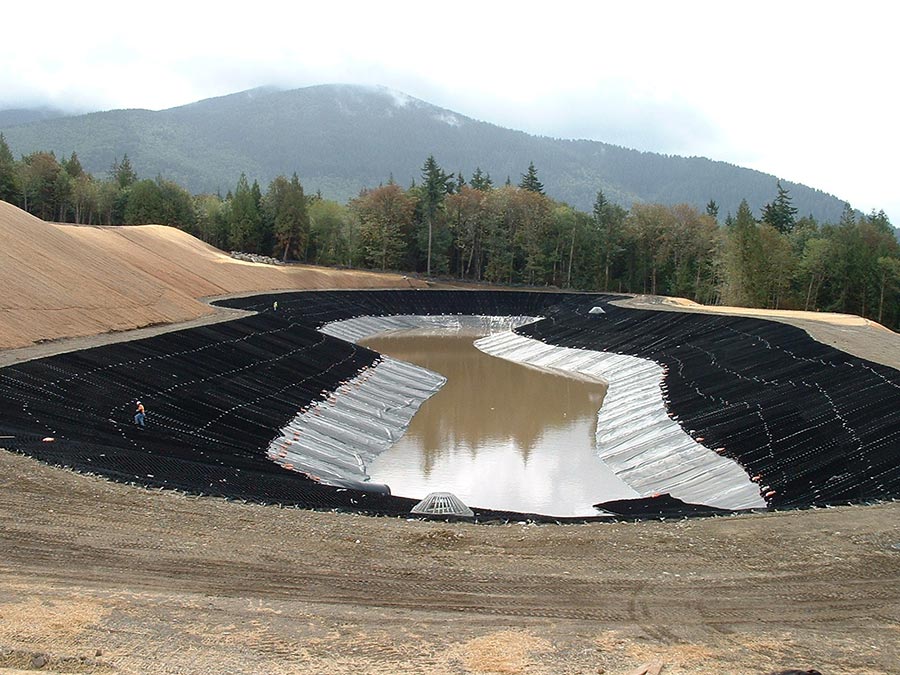
For temporary service or for emergency secondary containment, PVC is a popular and economical liner choice.
Additionally, the scale of these projects is often mind-boggling. For instance, a mining leach pad in South America was recently built covering an entire valley, and contains ore piled to 1000 feet (300m) deep. In addition to the sulfuric acid that is constantly sprayed onto the heap, the liner must also contend with the vast amounts of rainwater typical of the Amazon region. In exceptionally rainy years the liner has to withstand the head pressure of water nearly 200 feet (60 m) deep!
Liner Considerations
The decision of which liner material to use is typically made by the engineers designing the pit, after consulting with geotechnical and soil engineers. Considerations include the size of the job, nature of the pond contents, how long the pit will be in use, and the amount of abuse the liner will be subjected to.
Common liner materials for industrial applications include PVC, high-density polyethylene (HDPE), and polypropylene. Bentonite geomembranes and spray-applied polyureas have also been used with success. EPDM, a rubber-like material popular for smaller applications, is unsuitable for large waste pits. It doesn’t seam well, and quickly becomes prohibitively expensive on big jobs.
PVC
Poly-Vinyl Chloride (PVC) is a popular liner material for smaller industrial applications. It’s affordable and easy to seam. Additionally, it’s resistant to most common industrial chemicals. Specially formulated oil-resistant PVC is an inexpensive choice for emergency containment barriers at refineries, airports, and gas stations, and temporary fracking fluid/drilling waste ponds.
From an installation standpoint, PVC is easy to install (it’s more flexible than the alternatives) but is still reasonably puncture- and abrasion-resistant. Most industrial applications call for the thickest sheets available (40 or 60-mil; for comparison, an average credit card is about 30 mils thick) and must be protected from the sun’s UV rays.
Polyethylene
The most common material used for lining industrial waste pits is polyethylene. Jeff Garza, a technical sales manager at Reef Industries, explains, “Polyethylene offers the greatest tensile-strength-to-weight-ratio available. It has high elongation and tremendous tear resistance, and is impervious to UV rays, so it can be left exposed.” It’s also reasonably affordable.
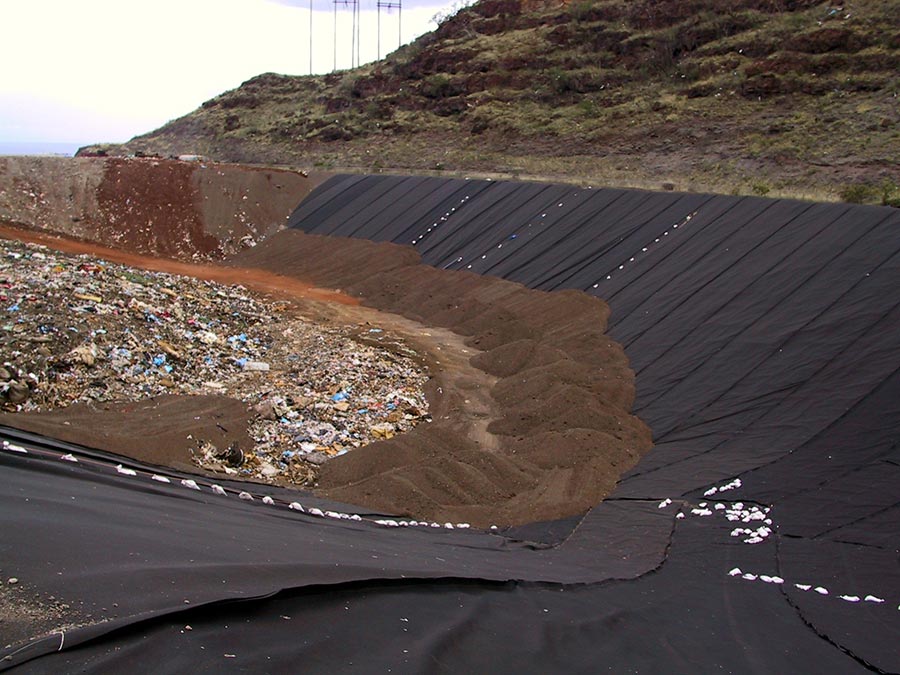
Landfills are an especially demanding application, since the liner will be in continuous service for decades. HDPE was chosen for this new landfill site in Hawaii.
Both high-density polyethylene (HDPE) and linear low-density polyethylene (LLDPE) are used for pit liners.
Reef Industries specializes in lighter weight materials, making both HDPE and LLPE sheets in thicknesses ranging from 10- to 30-mils. The company specializes in single-piece liners used on ponds up to an acre in size.
“Our specialty is being able to pre-fab a single-panel liner that the customer doesn’t need to worry about seaming in the field,” Garza says. “We can do liners that cover more than an acre, but they require field-welding at the site.”
“For lagoon liners, secondary containment systems, and decontamination pads, we’ll typically recommend a 20-mil LLDPE,” Garza says. “Our LLDPE is lightweight, flexible and easy to handle, yet offers more than enough tear and puncture resistance for most applications.”
He continues, “We do offer HDPE liners, and for real aggressive materials, it will sometimes be heavier than 30 mil, but most of the time, the contents are quite diluted, and LLDPE makes installation a lot easier. It just depends on the application, and how long you need the liner to hold out for.”
Landfills are among the most demanding applications, as the liner must outlast the contents—more than 100 years. Leach pad liners at mine sites must also be extremely robust, being constantly bathed in sulfuric acid (copper extraction) or cyanide (gold extraction) and placed under extreme heat and pressure. Most leach pads and landfills rely on HDPE. Typically, these applications call for a 60 mil (1.5 mm) liner, laid over a smooth base of expanding bentonite clay several feet thick which acts as a secondary waterproofing layer.
HDPE is much stiffer than LLDPE—it’s the same material used in plastic milk jugs. It is impervious to most chemicals (hydrocarbons are a notable exception) but can be prone to cracking after years of exposure.
Raven Industries makes a line of LLDPE pond liners specifically for the mining industry. The product has a heavy-duty polyester tri-directional reinforcement grid sandwiched between two LLDPE sheets to provide exceptional puncture and tear resistance. Both outer layers contain UV inhibitors and thermal stabilizers to assure long outdoor life. Dubbed the Dura-Skrim K-series, they’re available in three thicknesses, 30-mil, 36-mil and 45-mil. Raven claims they will outperform liners that are twice as thick.
Polypropylene
Both PVC and PE can be degraded by long-term exposure to hydrocarbons, so polypropylene (PP) is a top choice for liners used in the oil fields, especially if the pit will be used for an extended period of time.
Polypropylene is more expensive than PVC and HDPE, but it’s one of the most durable liner materials, lasting up to 40 years. Reinforced polypropylene has excellent tear strength and UV resistance and can resist virtually all chemicals, including oil. Like LLDPE, polypropylene is available in immense sheets. Single-piece PP liners larger than 50’ x 100’ are common. Because of these advantages, PP has been used in virtually every imaginable industrial lining application.
Polyurea
Within the last decade, a new material has gained popularity as a pit liner, polyurea (PU). At Rhino Linings Corp., the company that made a name for itself in pick-up bed liners, an entire division of the company is dedicated to industrial applications.
“For industrial waste pits, we use a polyurea- composite system,” says John Henningsen, marketing manager at Rhino Linings.
After the sub-grade is prepared and smooth, workers roll out a non-woven geotextile. Then the geotextile is sprayed with an fast-curing, high-build polyurea coating.
“It’s a single coat, multi-pass system, built in a single smooth process,” Henningsen says. “The coating cures to the touch in just seconds, so a seamless, monolithic membrane can quickly and easily be built up the required thickness.” For most applications, 125 mils is adequate. Landfill liners, which have to remain impervious for decades, are usually built up to 250 mils.
“The main advantage our system offers is that we can cover large areas without having to seal or weld seams,” he says. “Those seams are always the weak point. Because this system is spray applied, there are no seams. Even if there are protrusion or standpipe, seams won’t exist. Essentially, the applicator creates a single huge sheet of plastic.”
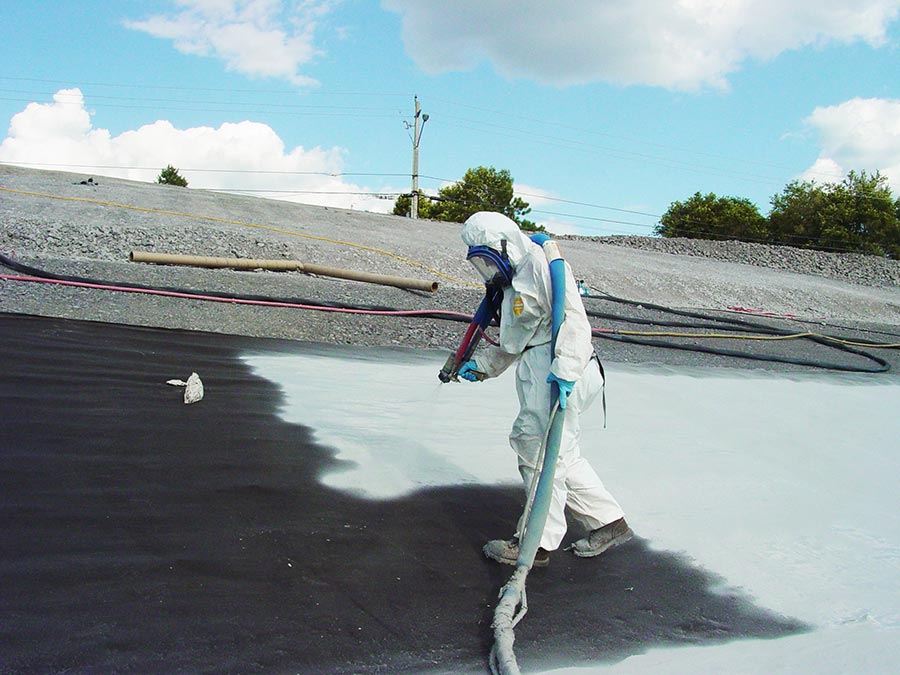
Some polyurea coatings are being used as pit liners, such as this installation in Australia
Conclusion
When specifying a pit liner, a range of variables must be considered. Some pits are used only for a few months. Others need liners that last for decades. Permeability and durability are paramount, but thickness doesn’t always equate to quality. If the site is too large for a single-piece liner, field seaming becomes important. Subgrade conditions and pond contents sometimes limit options. Finally, labor schedules, freight charges, and basic material cost are also factors.
The construction sector is starting to come back, and Henningsen reports that demand for industrial pit liners is starting to pick up. “Oil and gas is huge,” he says, “For us and all of our competitors.”
Summer 2013 Back Issue
$4.95
Advances in Basement Coatings
Library of Congress Green Roof
Industrial Pit Liners
Green Roof Directory
AVAILABLE AS PDF DOWNLOAD ONLY
Description
Description
Advances in Basement Coatings
New developments in spray-applied membranes include products with instant cure times, achieve virtually any thickness in one coat, and offer unprecedented flexibility and performance.
Library of Congress Green Roof
The Library of Congress is the largest library in the world. And the roof of its Virginia facility—covering more than 225,000 sq. ft.—is one of the largest green roofs in the world.
Industrial Pit Liners
Storing everything from mining slurry to sewage, it’s absolutely essential that the membranes and liners be absolutely waterproof despite the often corrosive nature of the contents.
Green Roof Directory
Categorized by the products and services offered, this is a comprehensive list of products, services and companies servicing the vegetated roof industry.
Additional Info
Additional information
| Magazine Format | PDF Downloadable Magazine, Print Mailed Magazine |
|---|

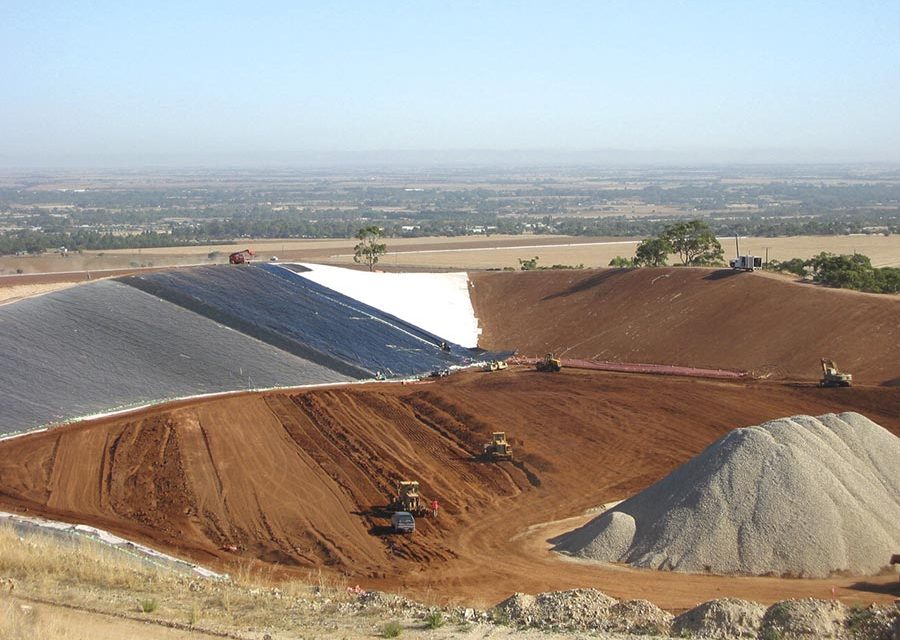
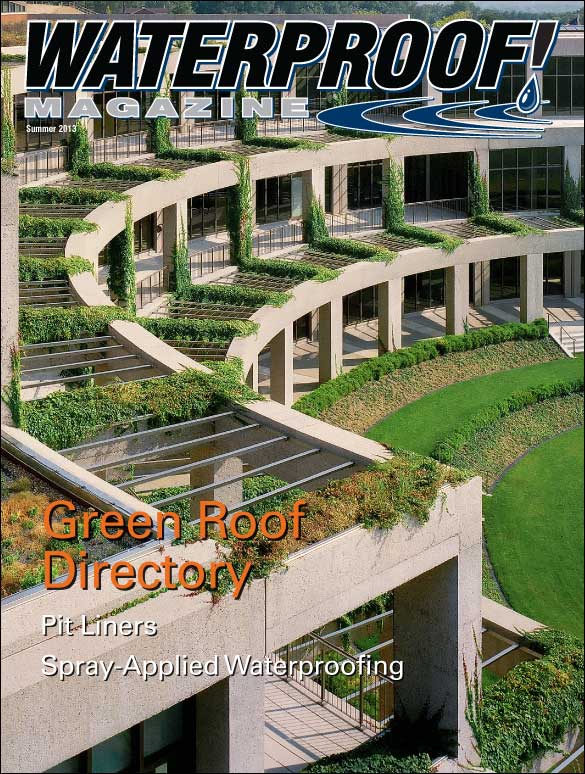
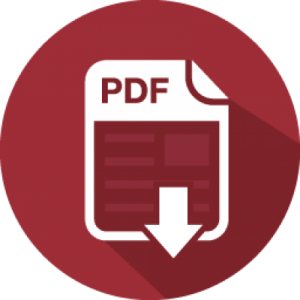
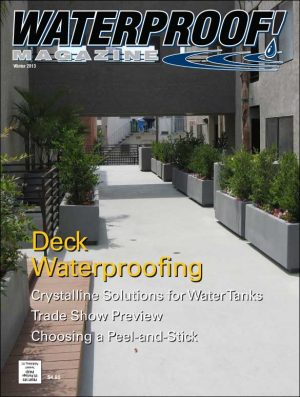
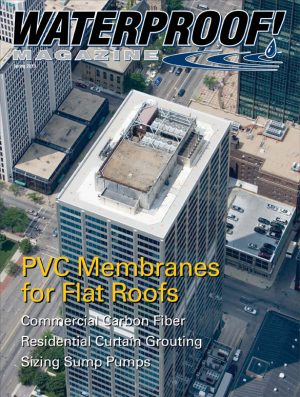
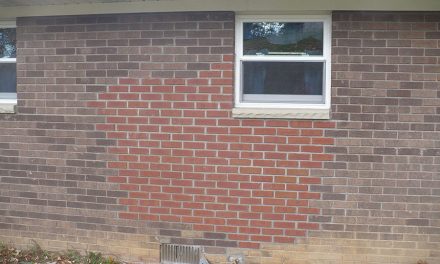
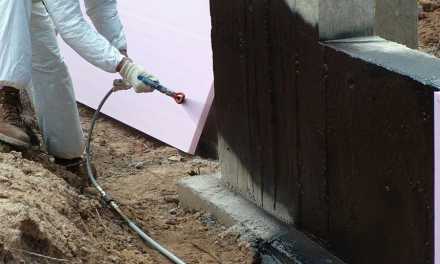
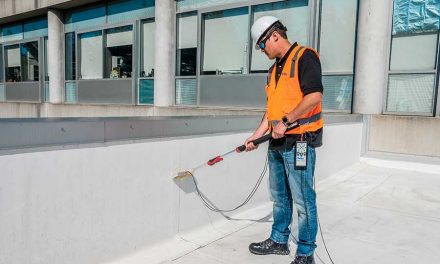
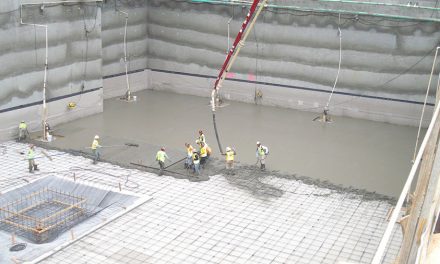
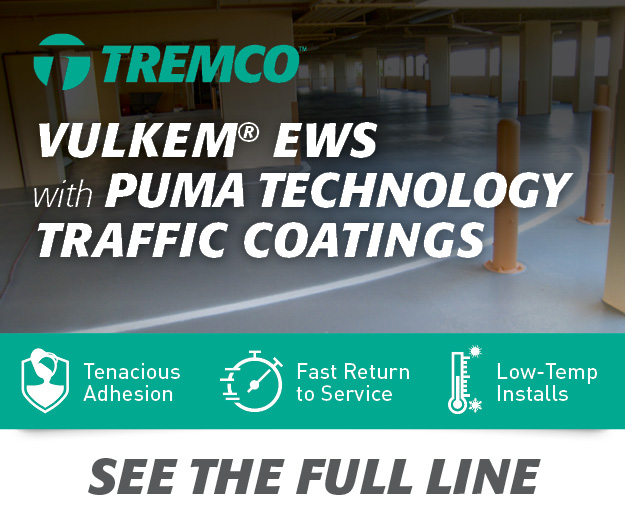
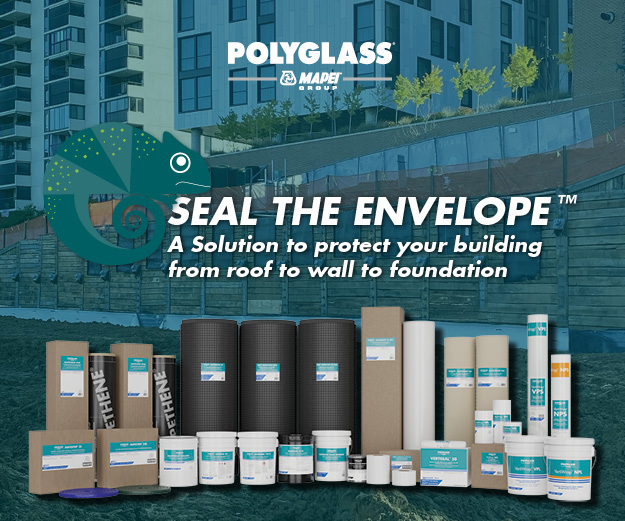
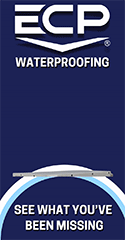
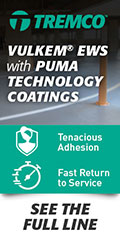




Reviews
There are no reviews yet.